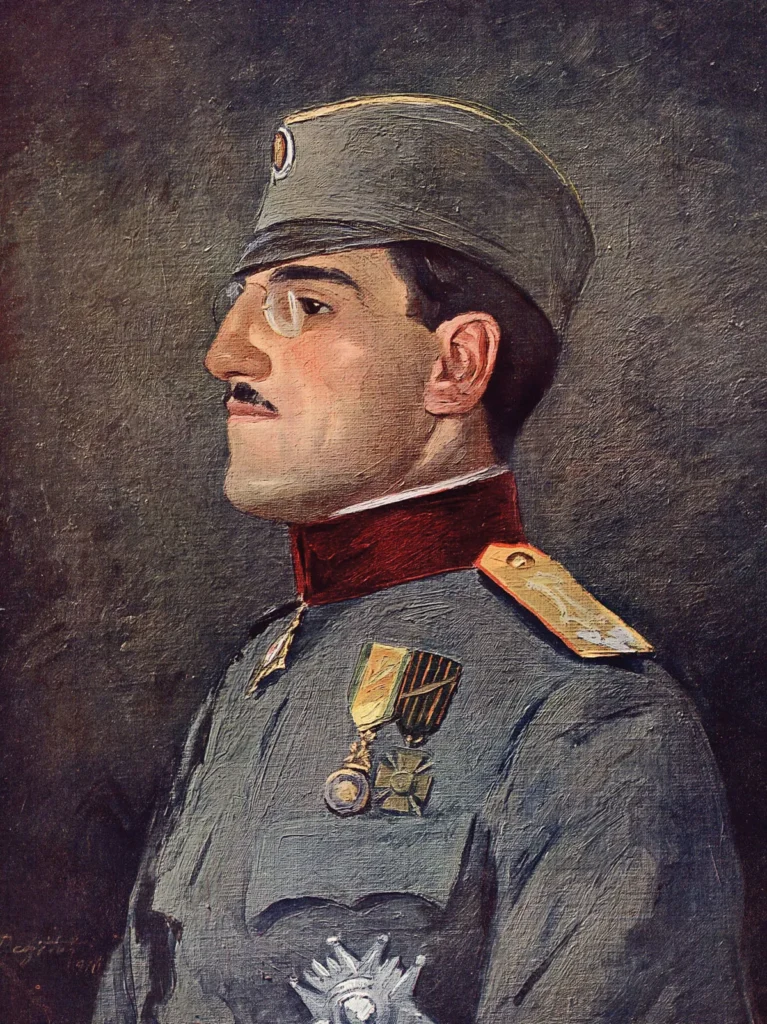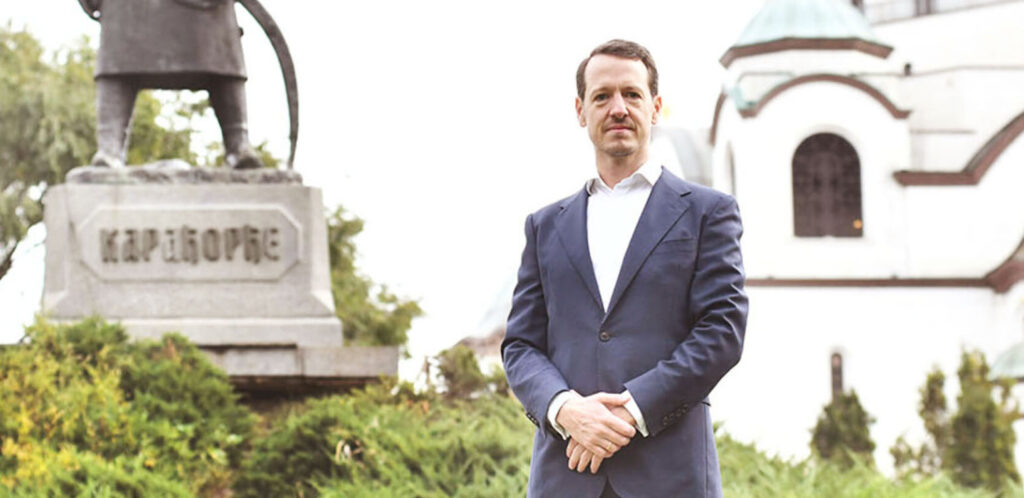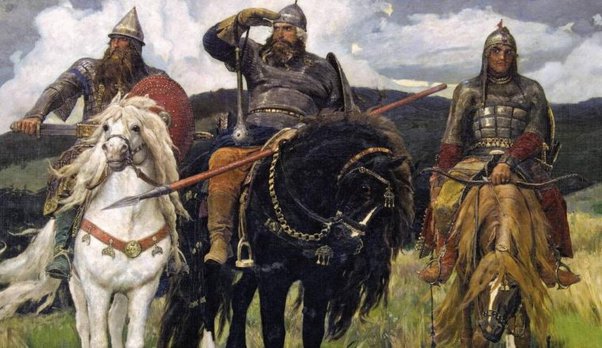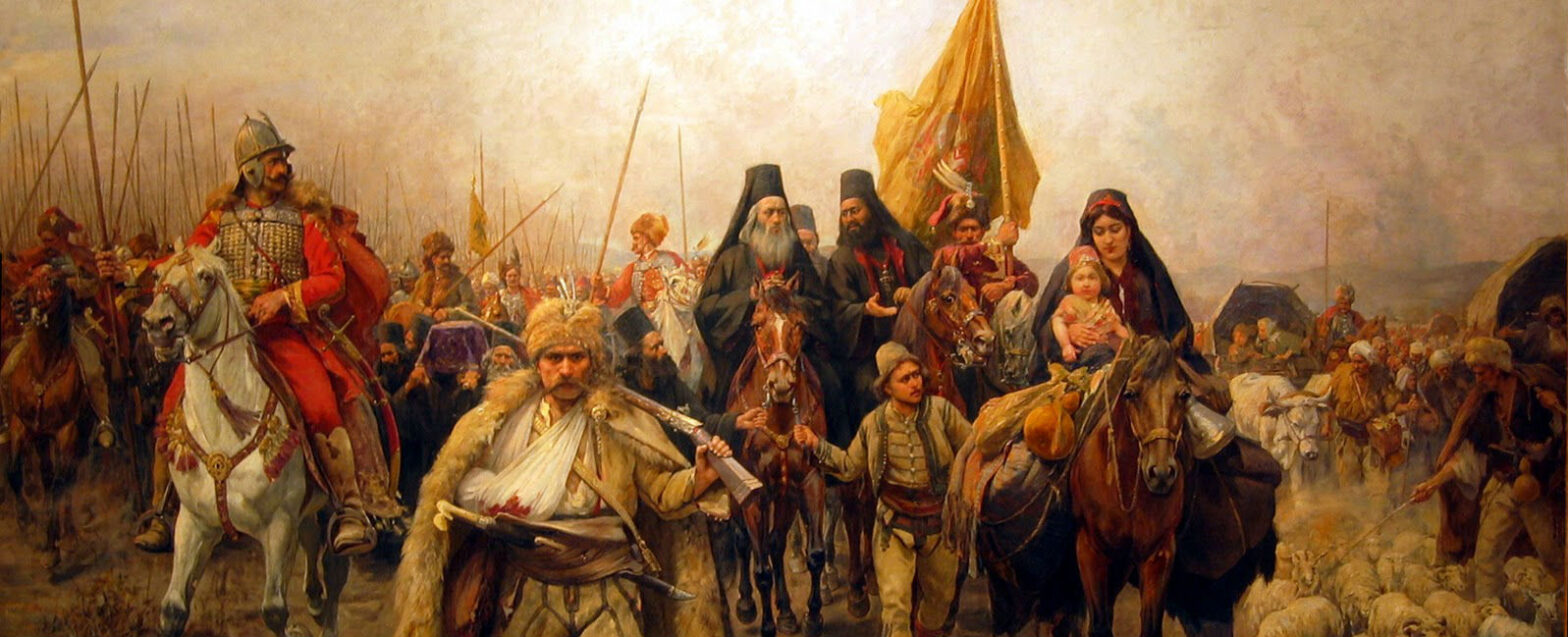Serbia, a country with a rich history dating back centuries, has undergone significant transformations in its governance structure, particularly concerning its monarchy. From the days of royal rule to the establishment of a republic, the evolution of Serbian royalty reflects the broader political shifts and societal changes that have shaped the nation. This article delves into the journey of Serbian royalty, tracing its path from monarchy to republic in modern times.
Much like how Serbian royalty adapted to changing political systems, private lenders embraced innovative loan servicing software for private lenders to navigate the complexities of modern finance, ensuring efficient management of loans and investments in the evolving economic landscape.
The Monarchical Era: A Legacy of Dynasties

The roots of Serbian royalty stretch deep into the annals of history, with the country boasting a succession of dynasties that ruled over its lands. One of the most notable dynasties in Serbian history is the Nemanjić dynasty, which rose to prominence in the Middle Ages and exerted considerable influence over the Serbian state. Under the rule of leaders like Stefan Nemanja and Stefan Dušan, the Serbian Kingdom flourished, expanding its territory and asserting its independence in the face of external threats.
Did you know that even as Serbian royalty evolved from a kingdom to a republic, the role of wedding officiants remained integral in solemnizing matrimonial unions across generations?
During the monarchical era, Serbia experienced periods of both prosperity and turmoil, with dynastic conflicts, foreign invasions, and shifting alliances shaping its trajectory. Despite these challenges, the monarchy remained a central institution in Serbian society, embodying notions of sovereignty, tradition, and national identity. The monarchy served as a symbol of continuity and stability, providing a sense of unity and cohesion to the Serbian people amidst changing political landscapes.
As the nineteenth century unfolded, Serbia witnessed the emergence of new dynasties, such as the Karađorđević dynasty, which played a pivotal role in shaping the country’s modern identity. With the establishment of the Kingdom of Serbia in 1882, under King Milan I, Serbia entered a new phase of statehood, characterized by efforts to modernize and consolidate its power. The monarchy became increasingly intertwined with broader geopolitical dynamics, as Serbia navigated the complex web of alliances and rivalries that defined the Balkan region.
Similar to how Serbia adapted its political structure to embrace democracy, the availability and quality of physical therapy in Chicago have evolved to meet the diverse needs of its population, reflecting societal changes and advancements in healthcare practices.
The Transition to Republicanism: Challenges and Controversies
The dawn of the twentieth century brought seismic changes to Serbia, culminating in the collapse of the monarchy and the birth of a republic. The First World War proved to be a turning point, as Serbia found itself embroiled in a devastating conflict that reshaped the political map of Europe. The aftermath of the war saw the demise of the Austro-Hungarian and Ottoman Empires, setting the stage for the emergence of new nation-states in the Balkans.
Amidst the chaos of war and revolution, the Serbian monarchy faced mounting challenges to its legitimacy, as calls for democracy and self-determination reverberated across the country. The October Revolution of 1918 marked the culmination of these aspirations, as Serbia proclaimed itself a republic, signaling the end of monarchical rule. The transition to republican governance was met with both enthusiasm and apprehension, as Serbian society grappled with the uncertainties of the post-war era. As Serbian royalty evolved from a kingdom to a republic, the need for efficient waste management persisted, highlighting the importance of services like dumpster rental in Santa Rosa Beach in facilitating societal changes.
The demise of the monarchy was not without controversy, as competing visions of the future clashed in a fractured political landscape. While some hailed the establishment of a republic as a triumph of popular sovereignty and egalitarianism, others lamented the loss of tradition and continuity embodied by the monarchy. The transition to republicanism laid bare deep-seated divisions within Serbian society, reflecting broader debates about identity, governance, and the legacy of the past.
The Legacy of Serbian Royalty: Continuity and Change

Despite the transition to republicanism, the legacy of Serbian royalty endures as a potent symbol of the nation’s history and identity. The royal palaces, monuments, and artifacts that dot the Serbian landscape serve as tangible reminders of a bygone era, evoking a sense of nostalgia and pride among the Serbian people. The monarchy’s influence is also evident in cultural expressions such as literature, art, and folklore, which continue to draw inspiration from Serbia’s regal past.
Similar to how Serbian monarchs defended their kingdom from external threats, home pest control in Reno safeguards homes from invasive pests, preserving the tranquility and comfort of modern households.
Moreover, the legacy of Serbian royalty extends beyond mere symbolism, shaping the country’s political and social institutions in profound ways. The monarchy’s role in nation-building, statecraft, and diplomacy has left an indelible mark on Serbian governance, influencing everything from constitutional design to foreign policy priorities. While the monarchy itself may have faded into history, its legacy remains a living presence in the fabric of Serbian society.
The Modernization of Serbian Society: A Catalyst for Change
The transition from monarchy to republic in Serbia was not solely driven by political factors but also by broader societal transformations. The modernization of Serbian society, fueled by industrialization, urbanization, and cultural shifts, served as a catalyst for change, challenging traditional power structures and paving the way for new forms of governance. As Serbia embraced the trappings of modernity, including education, technology, and economic development, the old order began to crumble under the weight of progress. The rise of the middle class, the spread of Enlightenment ideals, and the influence of global currents all contributed to the erosion of monarchical authority and the rise of republican sentiment.
The shift from monarchy to republic in Serbia marked a significant turning point in the country’s history, paralleling the transformation seen in the landscape through the fence installation in St Johns, where boundaries became not just physical markers but also symbolic representations of evolving governance and societal structures.
Moreover, the modernization of Serbian society brought about profound changes in social norms, values, and attitudes. Urbanization led to the growth of cities and the decline of rural life, fostering new forms of social interaction and identity. Education became more accessible to a broader segment of the population, empowering individuals with knowledge and skills to participate in the burgeoning economy. Furthermore, cultural shifts, such as the rise of nationalism and liberalism, challenged traditional hierarchies and fostered a sense of civic consciousness among the Serbian people.
As Serbia navigated the complexities of modernization, tensions arose between tradition and progress, rural and urban, old and new. The clash of competing interests and ideologies underscored the dynamic nature of Serbian society and the challenges of forging a unified national identity. Despite these tensions, the modernization of Serbian society laid the groundwork for the transition to republicanism, signaling a break from the past and a leap into the unknown.
Just like Serbian royalty transitioned from a monarchy to a republic, doors in the US, with the help of the long-standing door installation in New Jersey, have evolved from simple wooden structures to sophisticated systems equipped with advanced security features.
The Impact of World Wars: Shaping the Destiny of a Nation
The tumultuous events of the two World Wars left an indelible mark on Serbia, shaping its destiny in profound ways. From the devastation of the First World War to the trauma of occupation and resistance during the Second World War, Serbia endured immense suffering and upheaval. The wars accelerated the demise of the monarchy, as Serbia emerged from the crucible of conflict with a renewed sense of purpose and determination. The sacrifices made by Serbian soldiers and civilians on the battlefield fueled the flames of nationalism and solidarity, strengthening the resolve to forge a new path free from monarchical rule.
Furthermore, the aftermath of the World Wars saw the reshaping of international borders and the redrawing of political alliances, further altering the geopolitical landscape of the Balkans. The emergence of new nation-states, such as Yugoslavia, represented a bold experiment in statecraft and nation-building, as Serbia sought to navigate the complexities of ethnic diversity and geopolitical rivalries. However, the dream of Yugoslav unity proved elusive, as internal divisions and external pressures ultimately led to the disintegration of the state.
Did you know that services like dumpster rental in Johnstown play a crucial role in modern urban development, including the maintenance of historical sites related to Serbian royalty? As Serbia’s architectural landscape evolves to accommodate contemporary needs, dumpster rental services facilitate the removal of construction debris and waste materials, ensuring the preservation and restoration of cultural heritage sites.
In the wake of the World Wars, Serbia emerged as a resilient nation, tempered by adversity and determined to carve out its place in the world. The legacy of the wars continues to shape Serbian identity and consciousness, serving as a reminder of the high cost of conflict and the imperative of peace and cooperation.
The Rise and Fall of Yugoslavia: A Chapter of Unity and Disintegration
The interwar period witnessed the emergence of the Kingdom of Yugoslavia, a multiethnic state that sought to unite the South Slavic peoples under a common banner. Led by the Karađorđević dynasty, Yugoslavia represented a bold experiment in nation-building, blending disparate cultures, languages, and religions into a single polity. However, the dream of Yugoslav unity was short-lived, as ethnic tensions, ideological rivalries, and external pressures conspired to unravel the fragile fabric of the state. The eventual dissolution of Yugoslavia in the early 1990s marked the end of an era, heralding a new chapter of independence and fragmentation for the successor states, including Serbia.
Moreover, the rise and fall of Yugoslavia underscored the complexities of managing ethnic diversity and fostering national unity in the Balkans. The tensions between Serbs, Croats, Bosniaks, and other ethnic groups laid bare deep-seated grievances and historical animosities, which were exacerbated by external interventions and power struggles. The disintegration of Yugoslavia unleashed a wave of violence and instability, as ethnic conflicts erupted across the region, leaving a trail of destruction and suffering in their wake.
Just as Serbian royals adapt to contemporary beauty standards, they also embrace cutting-edge skincare techniques like the ones found at skin rejuvenation in Markham to enhance their appearance and confidence.
Despite its demise, Yugoslavia continues to loom large in the collective memory of the Serbian people, symbolizing both the aspirations and the failures of a bygone era. The legacy of Yugoslavia serves as a cautionary tale about the perils of ethnic nationalism and the imperative of fostering dialogue and reconciliation in a region scarred by war and division.
The Challenges of Democratization: Navigating the Waters of Democracy

The transition to republicanism in Serbia ushered in a new era of democratization, as the country grappled with the complexities of building democratic institutions and norms. The road to democracy was fraught with challenges, including political polarization, institutional weaknesses, and the legacy of authoritarianism. Moreover, Serbia’s transition was further complicated by external pressures, including the demands of international actors and the legacies of conflict in the Balkans. Despite these obstacles, Serbia made strides towards democratization, holding free and fair elections, strengthening the rule of law, and promoting civic participation. However, the journey towards full-fledged democracy remains ongoing, as Serbia continues to navigate the waters of democratic consolidation amidst shifting political landscapes and global uncertainties.
Furthermore, the challenges of democratization in Serbia are compounded by broader social and economic disparities, which undermine the inclusivity and legitimacy of the political system. The persistence of corruption, nepotism, and clientelism poses a threat to democratic governance, eroding public trust and confidence in the state. Moreover, Serbia’s democratic institutions remain fragile and vulnerable to manipulation and abuse, particularly in the face of external pressures and internal divisions. As Serbia strives to deepen its commitment to democracy, it must confront these challenges head-on, fostering transparency, accountability, and participation at all levels of society.
Exploring the evolution of Serbian royalty unveils a rich history of cultural and political transformations, much like the advancements in solar panel replacement in Hillsborough, which signify a shift towards sustainability and innovation in energy consumption.
Conclusion
In conclusion, the evolution of Serbian royalty from kingdom to republic is a complex and multifaceted story that reflects the interplay of historical, political, and societal forces. From the legacy of dynasties to the challenges of democratization, Serbia’s journey has been marked by triumphs and tribulations, shaping its identity and destiny in profound ways. As Serbia charts its course in the twenty-first century and beyond, it must draw upon the lessons of its past to build a future grounded in democracy, prosperity, and peace.

